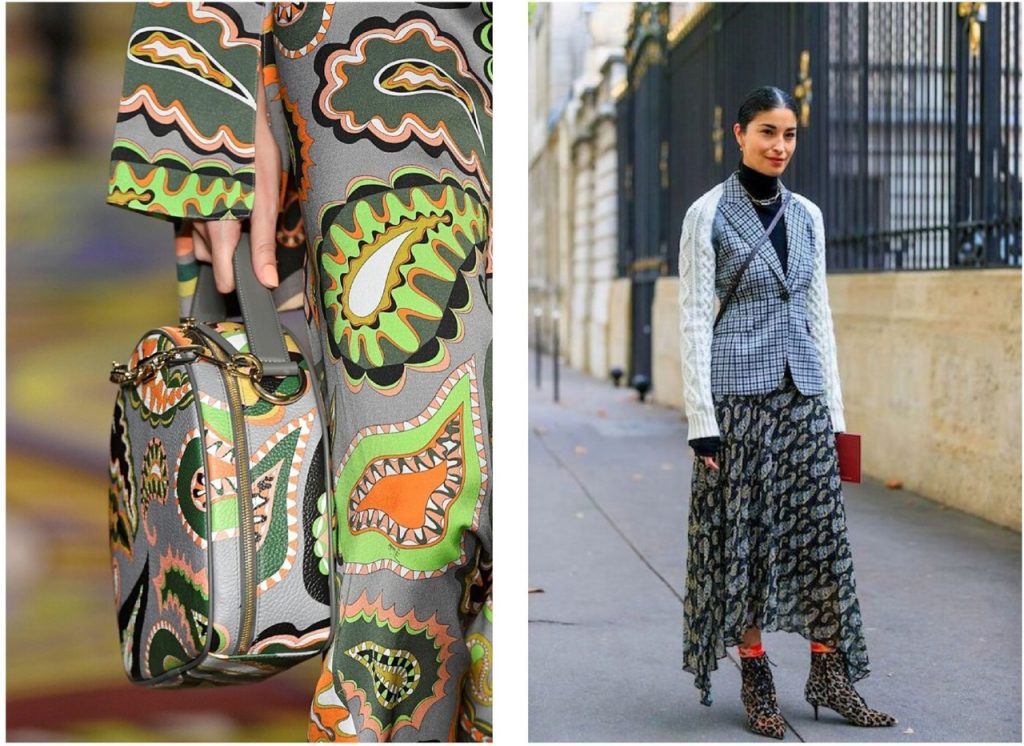Many details take part in the creation of the collection and looks: shape, texture of the material, color scheme and, of course, ornament.
Even unintended in "all this fashion" man will know what a polka dot, a check and a stripe are and how it looks. But only few can know the patterns varieties and ornaments.
We are going to tell and show you some of the prints that you've heard about but didn't know what they were.










